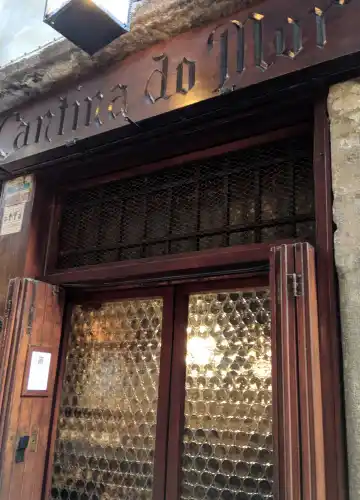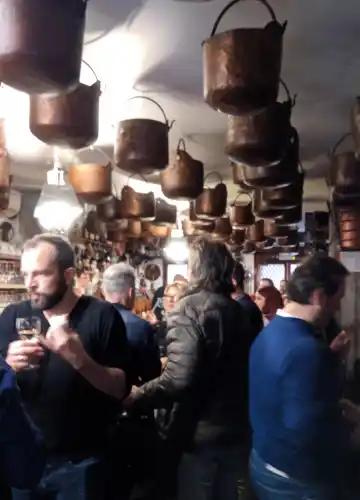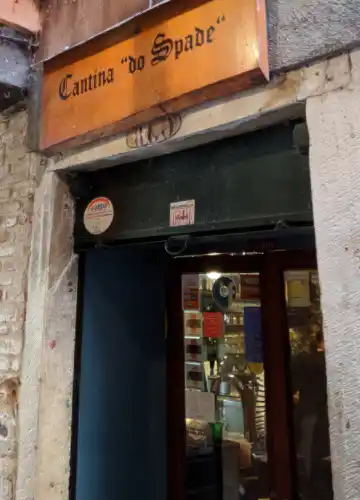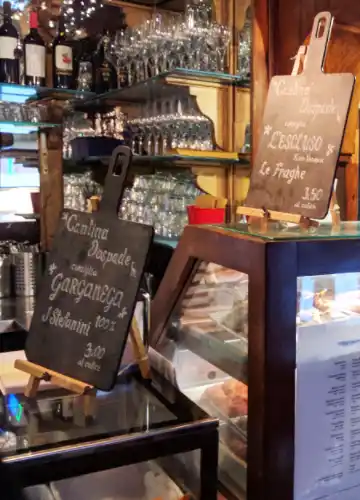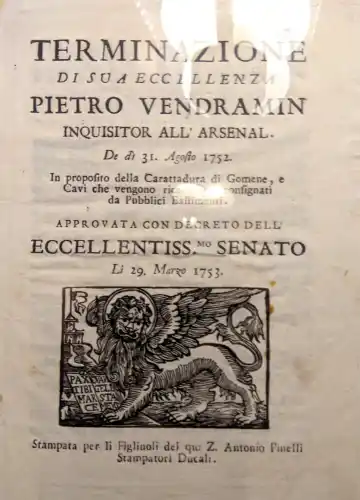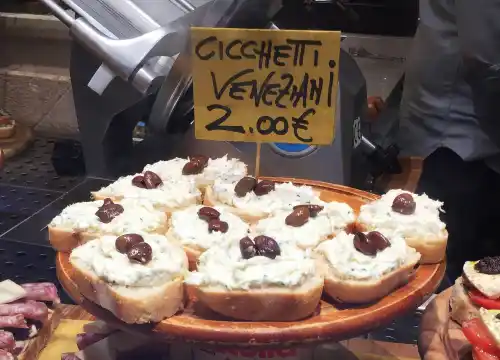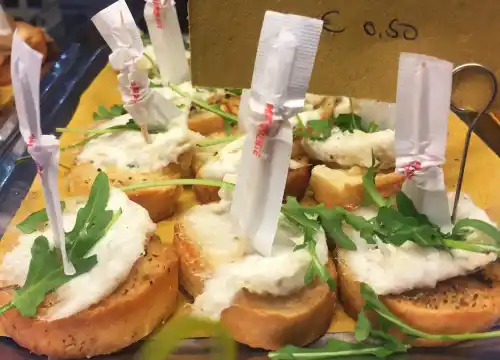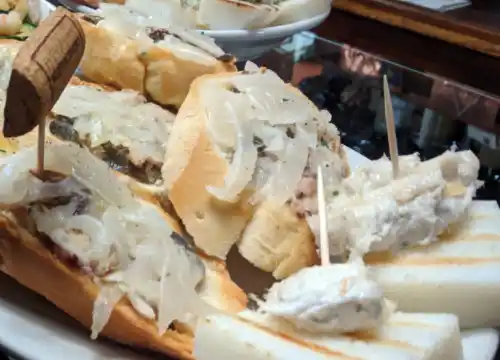Published:
Author: Antonio Maria Guerra
Venetian Bacari
HISTORY, INFO, PLACES, INTERESTING FACTS

Venice, the ‘city on the water’, is also the only place where you can visit the ‘bacari’: small, extremely typical taverns where it’s possible to enjoy delicious appetizers, the ‘spuncioni’, accompanied by one or more glasses of wine (the ‘ombre’) and, above all, the delightful cheerfulness of the Venetian people. In this article we will find out the origin of these ancient bars, what specialties are served, and what makes them so unique.

What are the Venetian bacari?
The most typical Venetian taverns are called ‘Bacari’ (singular, ‘bacaro’): as you cross the ‘calli’, the narrow streets of the city, it’s easy to come across one of these places, often heralded by laughs and festive noises. They are usually quite small, characterized by wooden furniture, worn from years of ‘honored service’. Inside, all kinds of objects make a fine display, from copper pots to small paintings, from photos to sports pennants, and so on: memorabilia of a past lived intensely by generations of customers. A glass counter full of ‘spuncioni’ can’t be missing: these small delicacies, the fruit of local gastronomy, invite you to eat them and drink many glasses of wine (the ‘ombre’).
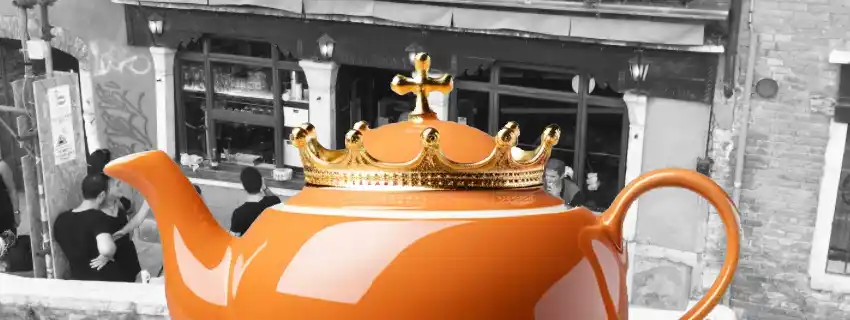
The most traditional Venetian bacari.
Many are the Venetian bacari that can boast a very long tradition. Let’s mention some of the oldest ones: places where, still today, it’s spossible to experience a kind of conviviality belonging to the past.
Cantina Do Mori
Addr.: Calle Do Mori, 429, Venice (Italy)
Tel.: +39 041 5225401
Read more
Cantina Do Spade
Addr.: San Polo, 859, Venice (Italy)
Tel.: +39 041 521 0583Alla Vedova (Ca’ d’Oro)
Addr.; Ramo Ca’ d’Oro, 3912, Venice (Italy)
Tel.: +39 041 528 5324All’Arco
Addr.: S. Polo, 436, Venice (Italy)
Tel.: +39 041 5205666

The origins of Venetian bacari.
The birth of bacari is closely tied to the mercantile development of Venice: an unstoppable expansion that, in the past, allowed it to become the nerve center of trade in the Mediterranean: a primacy preserved for a long time. The very first taverns of this kind opened, lo and behold, right in the ‘sestiere’ (*1) of San Polo: the part of the city that, since its founding, hosted the market and all the connected activities, from banks to … brothels.
The purpose of these places was not just to feed their customers, but also to offer them a well-deserved break. Two are the bacari that, still today, embody this tradition: the Cantina Do Spade, founded in 1448, and the Cantina Do Mori, founded in 1462: true ‘institutions’, where it’s possible to breathe (at least in part) the atmosphere of a distant past.
Notes:
*1: ‘Sestieri’ are the zones into which the city of Venice is historically divided: a separation that is not just administrative, but also cultural and architectural. The six sestieri are: San Marco, San Polo, San Marco, Santa Croce, Cannaregio, Castello, and Dorsoduro.
Venice, the cradle of bacari.
Venice is a diadem full of precious gems. The city, like a thick crochet, is crisscrossed by a myriad of canals and narrow streets, the ‘calli’. Ancient palaces overlook waters languidly crossed by sinuous gondolas. In the squares, the ‘campi’, it’s possible to breathe an atmosphere rich in history and culture. Time remains suspended until attention is drawn by the laughter of a group of people: the customers of a bacaro, proud representative of the most cheerful and easygoing aspect of the Serenissima.
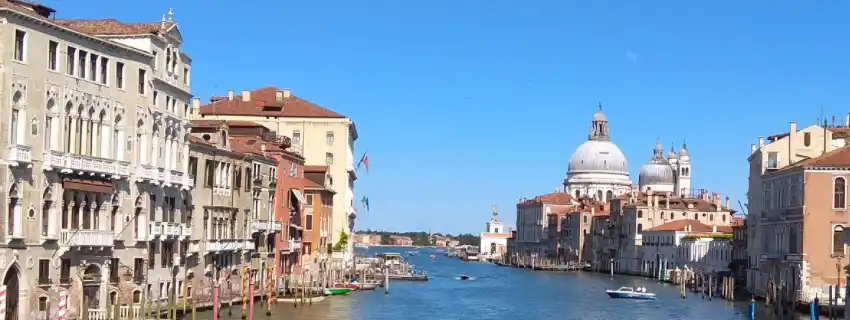

Specialties of Venetian bacari: the 'spuncioni'.
The word ‘spuncioni’ (or ‘spunci’, or ‘spunciotti’, or even ‘spuncetti’), is used for the bite-sized specialties that, in Venetian bacari, are offered to customers as an accompaniment to wine (*1). It’s almost certain that this name derives from the Venetian dialectal verb ‘spunciar’, which can be translated, literally, into ‘to pierce’: this verb, not surprisingly, indicates the act by which, using a toothpick, these small delicacies are pierced and then brought to the mouth. In this regard, it’s interesting to note that toothpicks are, in fact, the type of cutlery most commonly used in bacari.
Notes:
*1: It may happen that ‘chicchetto’ (or ‘chichéto’) is used instead of ‘spuncione’: please remember that it’s also (and more correctly) used to indicate a small glass of wine.
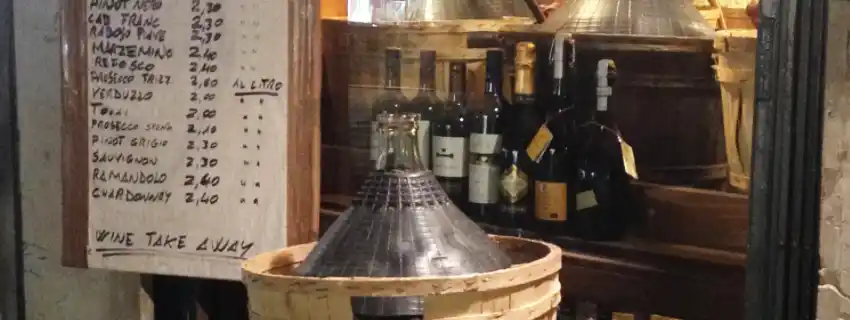
Specialties of Venetian bacari: the 'ombre'.
Even today, when buying a glass of wine in a Venetian bacaro, it would be appropriate to ask the innkeeper for an ‘ombra’ (literally, a ‘shadow’) (*1): a name quite strange, so it’s legitimate to wonder where it comes from. Currently, the most popular theory traces its origins back to when vintners from outside the city traded at the foot of the Campanile di San Marco and took advantage of its ‘shadow’ to keep their barrels cool, away from the sun. Another hypothesis suggests that the word is related to the fact that, in the past, Venetians seeking refreshment from the summer heat, used to drink wine in the ‘shadow’ of a building or bridge.
Notes:
*1: The words ‘cicchetto’ and ‘cichéto’ are also frequently used: they both mean ‘small glass of wine’.
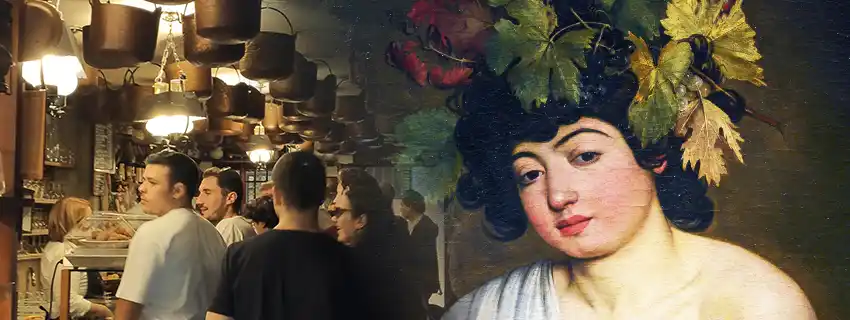
Bacaro: the origins of the name.
Today, two are the most credited hypotheses regarding the origins of the word ‘bacaro’: the first would have it derived from the name of Bacchus, the Roman god of wine, pleasure, celebration, and ecstasy. The second would trace the word back to the Venetian expression “far bàcara”, which means “to celebrate” or “to enjoy yourself”.
It’s also important to remember that, in the past, the vintners coming to Venice from the hinterland to trade their wares were called ‘bacari’.


Venetian bacari: the most famous ‘spuncioni’.
Nowadays, in the Venetian bacari, thanks to the opulence of our society, the choice of appetizers offered to customers, also known as ‘spuncioni’ (or ‘spuncetti’ or ‘spunci’), is gradually expanding.
It’s therefore quite important to identify the ‘classic’ specialties that have always delighted the palate of the true Venetians. Let’s give a look to some of them:
‘Sarde in saor’: sardines that, once fried, are marinated in a sweet-and-sour sauce prepared with onions, vinegar, pine nuts and raisins;
Baccalà (codfish): tasty croutons, slices of bread or pieces of polenta, topped with baccalà ‘mantecato’ or ‘alla vicentina’;
Fried Meatballs: fried meatballs stuffed with meat, fish or vegetables;
Mozzarella in Carrozza: fried sandwiches stuffed with of mozzarella;
Frittatine: triangles of omelet flavored with many different ingredients;
Folpetti (or Moscardini): small octopuses boiled and served seasoned with olive oil, chopped parsley, pepper and lemon. There is also a variant cooked with tomato;
Tramezzini: small sandwiches, prepared with cassette bread, mayo and many different fillings;
Uova Sode con Acciuga: hard-boiled eggs shelled and cut in half, seasoned with salt and anchovy;
Cured Meats and Cheeses: various cold cuts and cheeses cut into thin slices and served alone or as a topping for croutons, slices of bread or pieces of polenta;
These delicacies represent, at least in part, the Venetian gastronomic tradition: a bridge between sea and land cuisine.

Daverio speaks about Venetian bacari.
In one of his most interesting monologues, Professor Philippe Daverio, a refined intellectual and a great expert on good food, reminds us that Venetian bacari can be by all means considered the forerunners of the modern ‘bar’: an ‘easygoing’ meeting place, where customers can have a chat while eating and having a drink.


Wines and bacari.
Currently, the main types of wine served to the customers in the bacari are:
Whites: in addition to the renowned Prosecco, Soave, Pinot and Chardonnay;
Reds: Merlot, Valpolicella, Raboso and Bardolino;
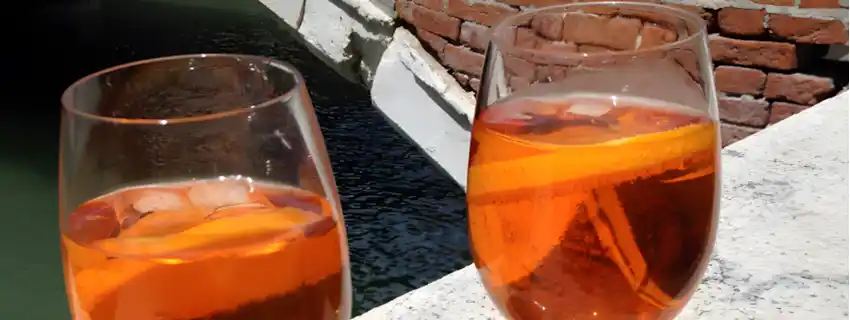
Bacari and ‘Spritz’ cocktail.
It’s safe to say that bacari are the ideal places to enjoy a ‘Spritz’: the long drink that, in recent years, has gained international fame. This drink, of Venetian origins, is so closely linked to the city that, in 2003, the IBA (International Bar Association), made its name ‘Venetian Spritz’ (‘Spritz Veneziano’) official, recognizing its ‘classic’ recipe based on Aperol, Prosecco wine and soda.
Those interested in learning more about this alcoholic beverage can read the article we dedicated to it.

Casanova's bacaro.
It’s no surprise to find out that Giacomo Casanova, the famous Venetian seducer of the 1700s, was a passionate customer of many bacari. After all, how someone like him, a great lover of the good life, could have missed places devoted to pleasant meetings and entertainment? It seems that he enjoyed particularly his visits to the Cantina Do Spade: a bacaro still in business, located in a ‘strategic’ position, just a stone’s throw from Rialto.
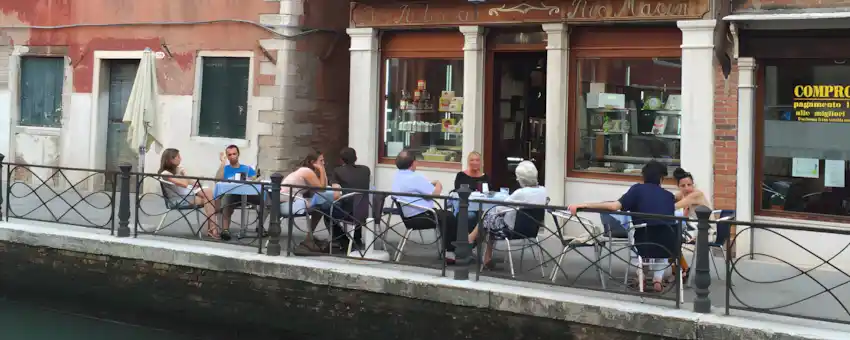
Copyright information.
The images displayed in this page belong to WebFoodCulture, with the exception of:
Pubblic Domain Images
- Bacchus, by Caravaaggio.
Creative Commons Images
- Philippe Daverio, by MITO SettembreMusica is licenced under Creative Commons Attribuzione 2.0 Generico

